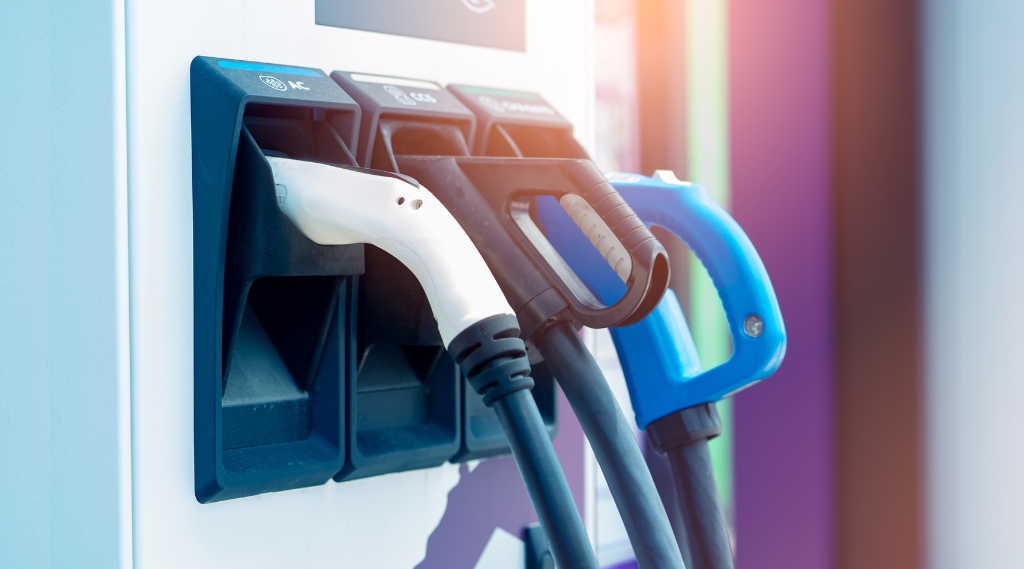
The Shift from Pumping to Charging
The transition from diesel-powered vehicles to battery electric vehicles (BEVs) introduces a key distinction: charging vs. pumping. Traditional diesel fueling relies on large fuel tanks, with semi-trucks carrying up to 150 gallons, refilled at fleet depots or truck stops. Diesel pumps dispense fuel at approximately 30 gallons per minute, ensuring quick refuelling times. However, BEVs follow a different approach—highlighting the key differences in charging vs. pumping by connecting to an external power source to recharge their batteries, as outlined by the U.S. Department of Energy’s Alternative Fuels Data Center.
The Charging Process: Simpler and Safer
Unlike traditional fueling, charging an electric vehicle (EV) is a streamlined process. Drivers align their trucks with charging stations, secure the connection, and wait for indicators confirming a successful charge. Depot charging allows for a hands-off experience—drivers plug in their vehicles and the charger does the rest. Moreover, charging vs. pumping highlights a significant safety advantage: charging eliminates risks associated with fuel spills, fumes, and fire hazards. EV charging stations are designed to insulate users from electrical currents, ensuring near-zero risk of electric shock.

Opportunity Charging and Cost Efficiency
Fleets are increasingly adopting opportunity charging, enabling drivers to recharge their vehicles during breaks or meals. Unlike diesel fueling, which requires dedicated stops, this strategy integrates charging into daily routines. The charging vs. pumping debate also extends to cost differences. Electricity prices fluctuate throughout the day, peaking in the late afternoon and evening. While a 600 kWh electric truck may take up to six hours to charge using a 100 kW DC fast charger, advancements in technology are steadily improving charging speeds and efficiency.
Charging vs. Pumping: The Future of Fleet Electrification
The transition from pumping diesel to charging batteries is an inevitable evolution in fleet transportation. With Charging-as-a-Service (CaaS) providers like Electrada, fleets can experience a fully capitalized, integrated, and scalable charging solution. By simplifying the charging process and optimizing cost efficiency, Electrada is at the forefront of settling the charging vs. pumping debate and making the transition to EV fleets seamless and practical for modern logistics.


